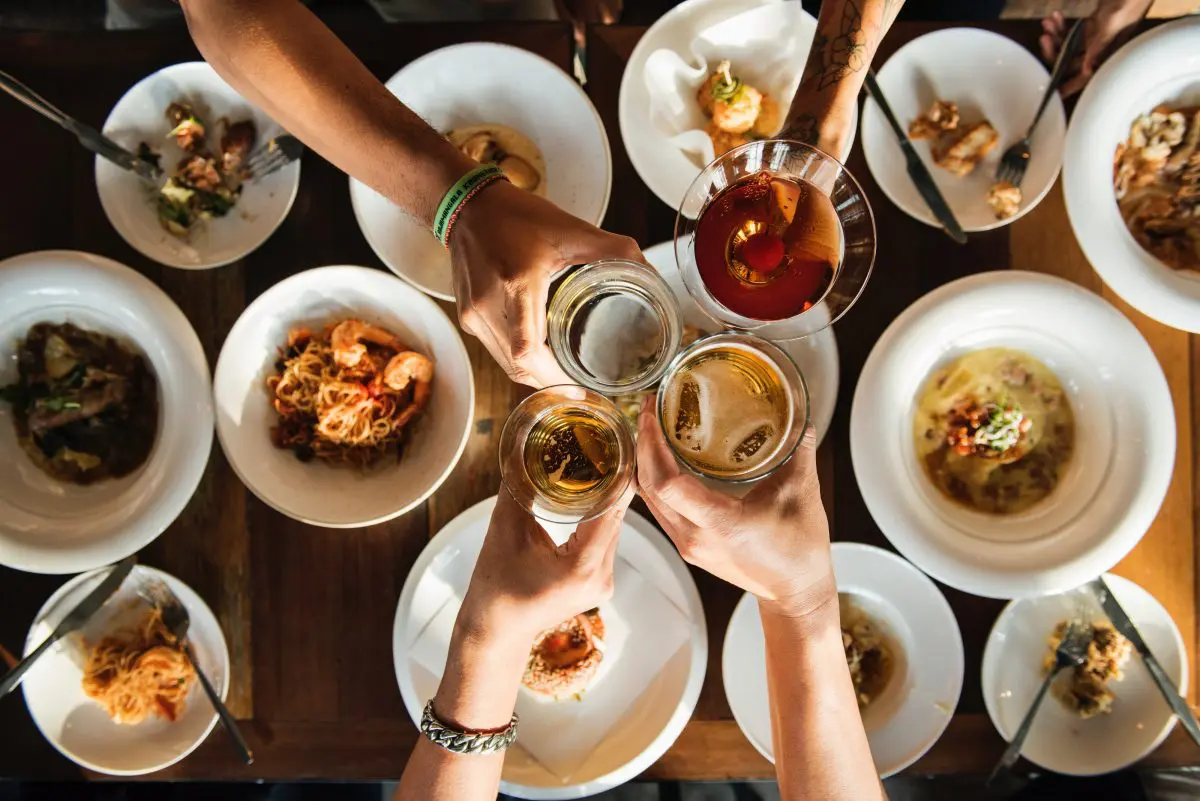Indonesia is Australia’s nearest neighbour, and our oldest trading partner, with links extending back before European settlement. Going forward, the country’s growing middle class and expanding retail sector make Indonesia an attractive export market for Australian companies looking to expand their international operations. Here eight tasty reasons to give it consideration:
- A growing economy. Indonesia is the world’s 4th largest country by population. GDP has increased from USD $860 billion in 2015 to over USD $1 trillion in 2017.
- A growing retail sector. Retail sales for the grocery sector in Indonesia hit USD $109 billion in 2017, and sales are expected to continue to grow by about 2.5% in 2019. In 2015 around 26% of household expenditure was on food items, increasing to 28% in 2017.
- An emerging middle-class. Indonesia is transitioning from an agrarian society to an economy with greater emphasis on industry and services. Alongside this change, the middle class is growing, from 37% of the population in 2007 to 57% in 2017.
- A changing market. Over 80% of Indonesia’s grocery sector is still in the hands of independent retailers, but market shares are changing. In the period of 2011-2017, convenience stores and minimarkets expanded their market share from 5% to over 10%, while supermarkets also saw an increase. The growth in convenience stores and minimarkets is supported by Indonesia’s young population (around 50% are aged under 34), and urbanisation, with around 60% of the population living in Jakarta.
- Changing consumer expectations. Hypermarkets, supermarkets, and even minimarkets sell themselves on perceived advantages in hygiene, food safety and price. They carry high quality imported produce to attract consumers with mid- and high-level disposable income. There is an increasing demand for western and Japanese products. Around 20% of food and beverage products in standard supermarkets are now imported, while high-end speciality stores carry up to 60% imported stock.
- Increasing demand for processed foods. The changing demographics of Indonesia along with industrialisation are fuelling demand for packaged and processed foods. Ready meals, processed meat, breakfast cereals, confectionary, frozen desserts, sauces, pasta, soup and spreads all saw growth of over 6% during 2015/16.
- Improving infrastructure. Traditionally, one of the weaknesses of the Indonesian market for exporters has been the infrastructure on the ground, with limited port and storage facilities and distribution links. However, this situation is improving, especially on the island of Java where the capital Jakarta and the majority of the population are located.
- Existing trade links. Australian companies already make up the 2nd largest single block of exporters into Indonesia in the food and beverage sector, holding about 11% of the import market, with a value of around USD $616 million. A future trade deal between the countries is likely to facilitate further growth.
- As you can see, Indonesia is a market well worth considering for Australian food and drink exporters. Want to take action on the current export opportunities in Indonesia? Register your interest in our 2019 Market Visit Programs. We’d love to meet you and talk about the options for growing your business in this exciting market.




